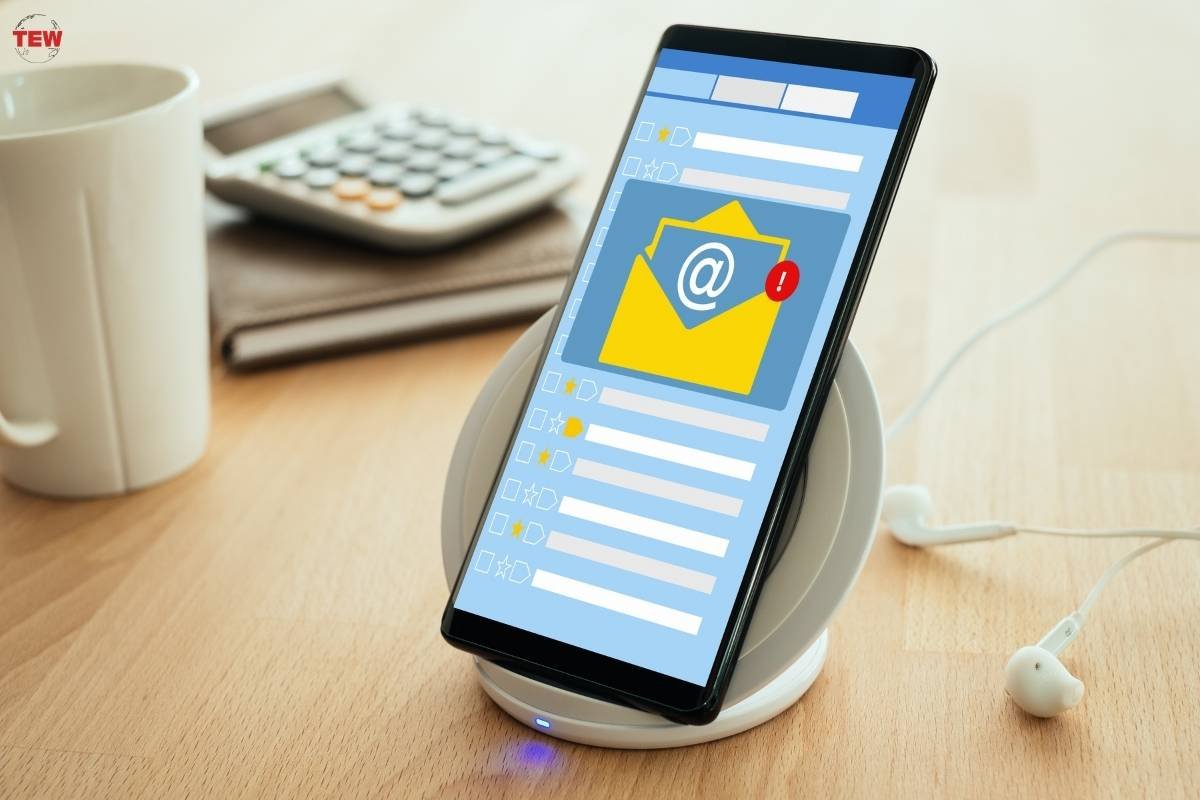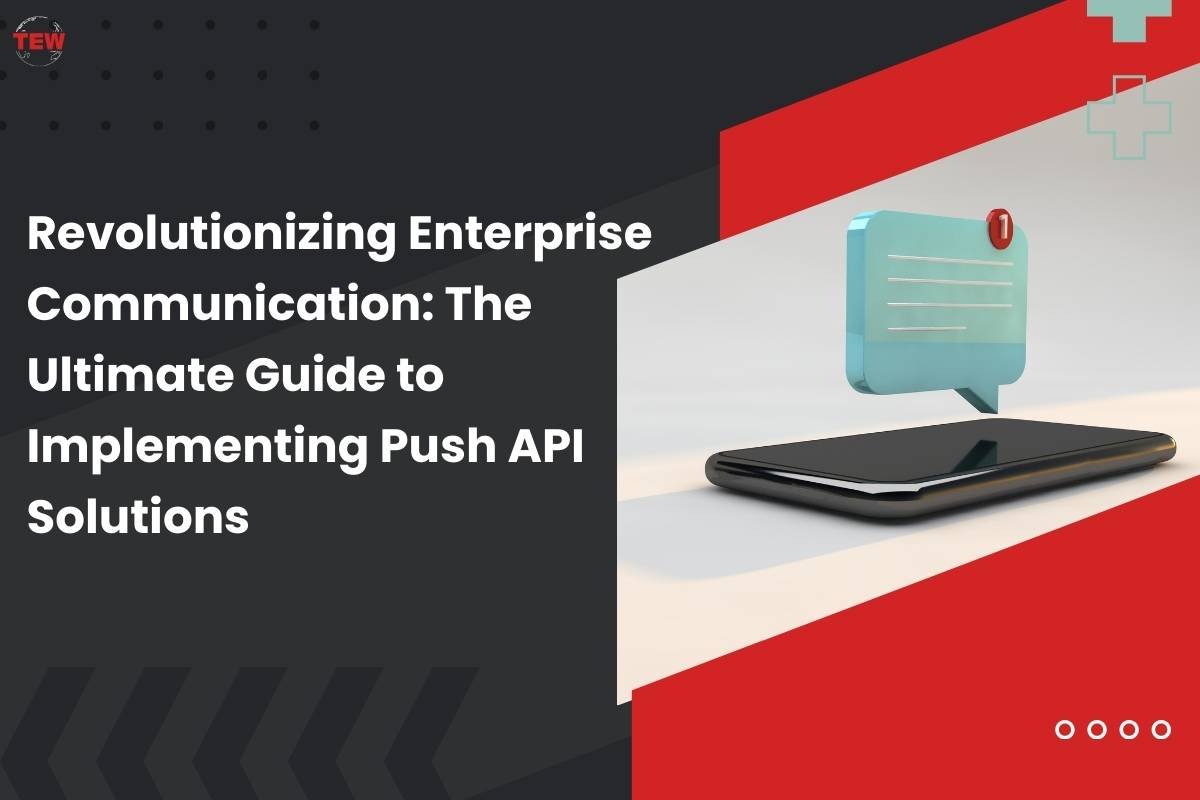Staying connected with customers is key for businesses, and push notifications are leading the charge in making that happen.
These instant alerts have changed the game since they came into the scene, offering a cost-effective and straightforward way for companies to chat with you directly on your phone or computer.
In this article, we’ll delve into the ins and outs of push notifications and how to make the most of Push API solutions. You’ll discover how to weave these tools into your business strategy, giving your communication efforts a powerful boost.
The Evolution of Push Notifications
Since Apple introduced push notifications in 2009, followed by Google for Android and Chrome, they have become a key tool for businesses.
You can use them for promotional and transactional purposes, and they are much cheaper to send than SMS. Plus, they’re quick and don’t require users to share personal information.
Push notifications also see higher engagement rates than emails, with a 20% open rate. They are great for reminding users about abandoned carts, sharing updates, or offering rewards.
You can even use them to make users feel good about their progress in a game. Just remember to give your users value before asking them to opt-in.
Understanding Push Notification Types

There are two primary types of push notifications: promotional and transactional.
Promotional notifications are marketing messages. They:
- Promote offers or discounts
- Announce new features or products
- Are sent to all users or segmented audiences
Transactional notifications relate to user activities. They:
- Confirm transactions or app activity
- Provide updates or alerts
- Are triggered by specific user actions
Understanding these types will help you strategize your communication.
- Promotional notifications can boost user engagement and drive sales while transactional ones can enhance user experience by providing timely and relevant information.
Implementing the right mix of both can revolutionize your enterprise communication.
Implementing Push Notification Services
To implement push notification services in your enterprise communication strategy, follow these steps.
- Start by identifying the type of notifications that best suit your business needs: promotional or transactional.
- Choose whether to build your own service or use existing providers like OneSignal, Firebase, or https://www.messageflow.com/.
- Remember, managing subscribers, crafting messages, and monitoring delivery are all part of the process.
- When prompting users for permission, only do so after they have seen the value in your app. Inform them about what they’ll receive.
- Ensure your notifications are tailored to the specific requirements of different operating systems and browsers.
The Scope of Browser Support for Push API Solutions
Chrome, Firefox, Opera, and Edge (from version 17 and above) all support the Push API. However, Internet Explorer doesn’t, and Safari uses its own unique approach to push notifications.
So, about 60% of desktop users, mainly through Chrome and Firefox, can access the Push API Solutions.
To make it work, a user visits your web app, and you can trigger a panel asking for their permission to send updates. If they agree, a Service Worker installs and listens for Push Events. It’s a secure and broadly supported solution for your communication needs.
The Push API Solutions Functionality
To grasp the functionality of the Push API, you’ll need to comprehend how it works, how to get user permission, how to check for Service Worker and Push API support, and how to retrieve push data.
Understanding how it works:
- A user permission panel is triggered upon web app visit.
- Service Worker listens for Push Events.
- Push and Notifications are separate APIs.
Steps to Obtain User Permission
The first step in implementing Push API solutions is to obtain user permission, and here’s how to do it.
- Check if Service Workers and the Push API are supported. This can be done using simple code:
if (!(serviceWorker in navigator)) {
// Service Workers aren’t supported. Return
}
and
if (!(PushManager in window)) {
// The Push API isn’t supported. Return
}
If supported, register a Service Worker. This is a script that runs in the background.
- The next step is to request permission from the user, usually through a pop-up panel.
- Once permission is granted, subscribe the user and get the PushSubscription object.
Verifying Service Workers and Push API Support
Before diving into more complex aspects of the Push API, you must verify both Service Workers and Push API support in your user’s browser. Here’s how you can do that:
- Checking Support: For Service Workers, use: `if (!(‘serviceWorker’ in navigator)) { // Service Workers not supported. }`. For the Push API, use: `if (!(‘PushManager’ in window)) { // Push API not supported. }`.
- Considering Different Browsers: Keep in mind that Internet Explorer doesn’t support the Push API while Safari has its own version.
- User Permission: Always request user permission before subscribing them to push notifications. This involves registering a Service Worker, getting the PushSubscription object, and sending it to your server.
Mastering Push Event and Data Retrieval
When a server sends a push event, your client’s JavaScript event listener, running inside a Service Worker, will capture it. This listener is attuned specifically to ‘push’ events.
Within the event object lies the PushMessageData object, the key to accessing your push data. You can pull data in different formats.
Use the arrayBuffer() method for an ArrayBuffer object, the blob() method for a Blob object, the json() method for parsed JSON, or the text() method for plain text.
Best Practices for Notification Prompts
After selecting the right platform for your push notification strategy, you must understand how to effectively prompt users for push notification permissions.
- Don’t rush to ask for permissions right away. Let users first find value in your app.
- A ‘soft prompt’ is a smart strategy. It’s an initial, less aggressive prompt that precedes the native one. It increases the chance of a ‘yes’ when the system prompt appears.
- Always make sure to inform users about the type of notifications they will receive. This can be done through an in-app message or a dedicated section in your app’s settings.
Diversifying Use Cases for Push Notifications
Expanding your use of push notifications beyond conventional boundaries can deeply engage your audience, keeping them connected to your brand in a variety of contexts. Consider these innovative approaches:
User Engagement
- Send personalized product recommendations.
- Share useful tips relevant to your service.
Retention Strategies
- Remind users of unused features.
- Offer exclusive deals or rewards for loyal users.
Transactional Alerts
- Update users on their order status.
- Notify them about upcoming renewals or expirations.
Dissecting the Anatomy of Push Notifications

Let’s break down what makes up a push notification so you can better understand how to craft effective messages.
A push notification primarily includes:
- Title: This is the first thing users see. It should be short and enticing.
- Message: This is your main content. Keep it concise and relevant.
- Icon and Image: These visuals add context and are particularly important for brand recognition.
Each of these elements has its own nuances:
For title:
- Be creative and catchy.
- Limit to 30 characters for optimal display.
For message:
- Deliver value in fewer words.
- Avoid exceeding 40 characters.
For icon and image:
- Use high-quality graphics.
- Stick to your brand’s color scheme.
Conclusion
Mastering push notifications isn’t just about sending messages—it’s about starting a meaningful conversation with your audience.
With a deeper understanding of the different types of notifications, guidelines for asking users to sign up, and creative ways to keep them interested, you’re now ready to apply these insights to your enterprise.
Remember, each notification is an opportunity to make a connection—use them wisely and watch your business communication thrive.




